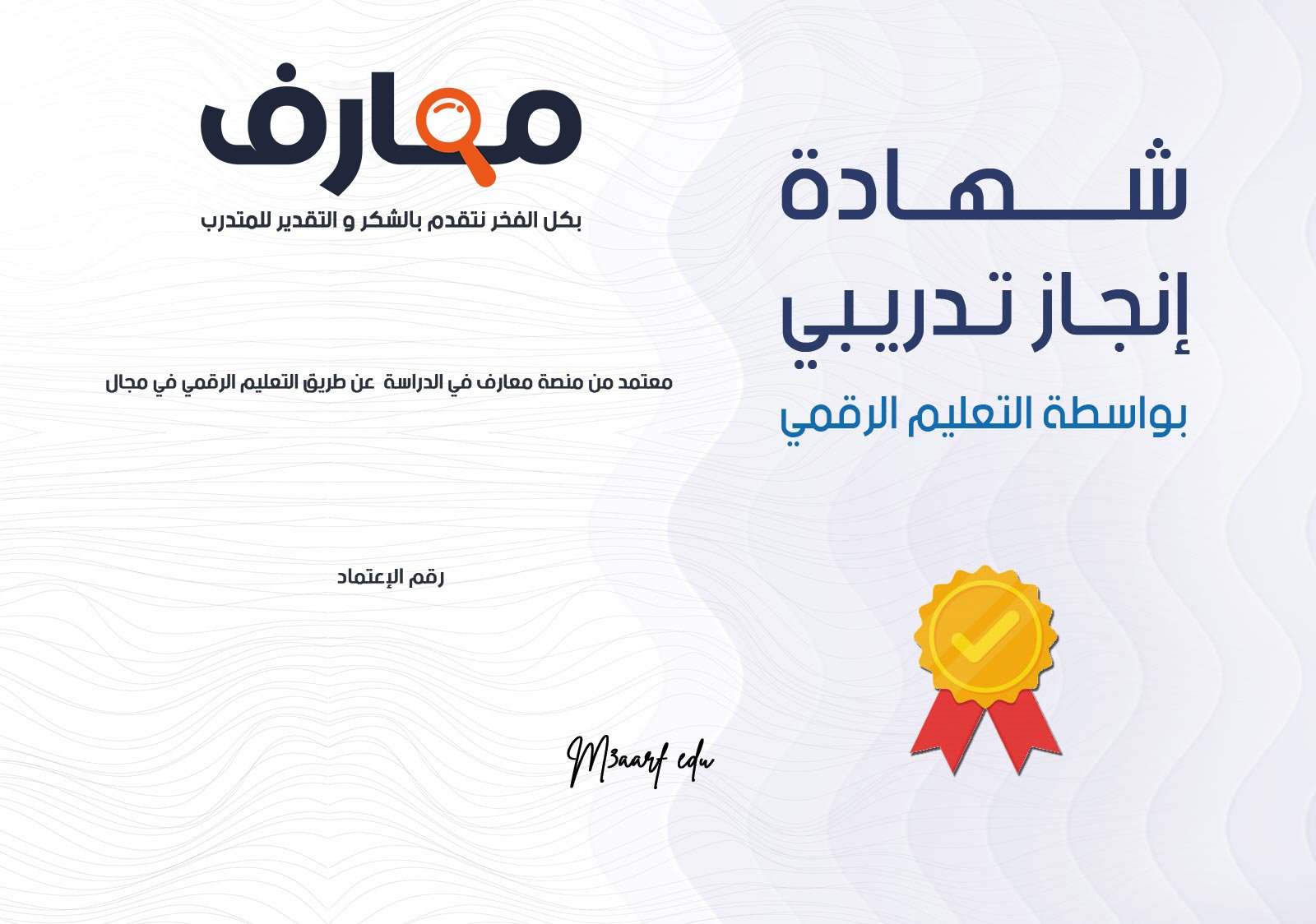محتوى الدورة التدريبية
8 درس
. 49 د
نبذه عن الدورة
espite it being an older and more practiced field, the question of “What is user interface design?” is difficult to answer because of its broad variety of misinterpretations. While user experience is a conglomeration of tasks focused on the optimization of a product for effective and enjoyable use, user interface design is its complement; the look and feel, the presentation and interactivity of a product. But like UX, it is easily and often confused by the industries that employ UI designers—to the extent that different job posts will often refer to the profession as completely different things.
If you look at job ads and job descriptions for user interface designers, you will mostly find interpretations of the profession that are akin to graphic design, sometimes extending also to branding design, and even frontend development.
If you look at “expert” definitions of User Interface Design, you will mostly find descriptions that are in part identical to User Experience Design—even referring to the same structural techniques.
So which one is right? The sad answer is: Neither.
So let’s set the record straight once and for all. Unlike UX, user interface design is a strictly digital term. A user interface is the point of interaction between the user and a digital device or product—like the touchscreen on your smartphone, or the touchpad you use to select what kind of coffee you want from the coffee machine. In relation to websites and apps, UI design considers the look, feel, and interactivity of the product. It’s all about making sure that the user interface of a product is as intuitive as possible, and that means carefully considering each and every visual, interactive element the user might encounter. A UI designer will think about icons and buttons, typography and color schemes, spacing, imagery, and responsive design.
عرض
المزيد
محتوى دورة User Interface User Experience






